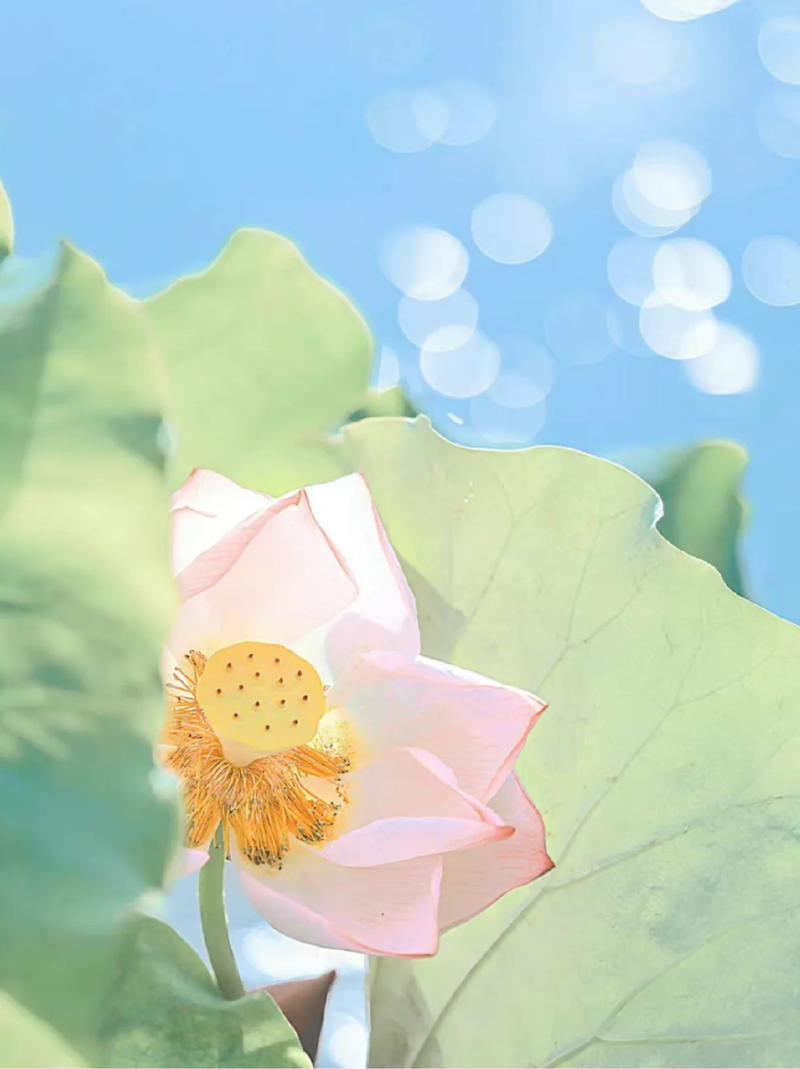
Lotus Flower with Om Symbol: A Detailed Multidimensional Introduction
The lotus flower, with its serene beauty and profound symbolism, has been a cherished symbol across various cultures and religions for centuries. When combined with the Om symbol, it creates a powerful and meaningful representation that resonates with many. In this article, we will delve into the history, cultural significance, spiritual meaning, and artistic representations of the lotus flower with the Om symbol, providing you with a comprehensive understanding of this remarkable symbol.
History of the Lotus Flower
The lotus flower has its origins in the Indian subcontinent, where it has been revered for thousands of years. It is mentioned in ancient texts, such as the Vedas, and is considered a sacred plant in Hinduism, Buddhism, and Jainism. The lotus flower’s ability to grow in muddy waters and bloom pure and beautiful above the surface has made it a symbol of purity, resilience, and spiritual growth.

Cultural Significance
In Hinduism, the lotus flower is associated with the goddess Lakshmi, the deity of wealth and prosperity. It is often depicted in her hands, symbolizing her benevolence and abundance. In Buddhism, the lotus represents the path to enlightenment, as it grows from the mud but remains untouched by it. In Jainism, the lotus is a symbol of the soul’s journey towards liberation from the cycle of rebirth.
Spiritual Meaning
The Om symbol, also known as the Aum symbol, is a sacred sound and symbol in Hinduism, Buddhism, and Jainism. It represents the universe and is considered to be the source of all creation. When combined with the lotus flower, the Om symbol enhances the spiritual significance of the lotus, symbolizing the union of the physical and spiritual realms. The lotus flower’s growth from the mud and its ability to bloom above the surface mirrors the journey of the soul towards enlightenment, while the Om symbol represents the sound of the universe that supports this journey.
Artistic Representations
The lotus flower with the Om symbol has been depicted in various artistic forms throughout history. In Hindu and Buddhist art, the lotus flower is often found in intricate patterns and designs, symbolizing the beauty and purity of the soul. The Om symbol is often incorporated into these designs, either as a central element or as a subtle background pattern. In modern art, the lotus flower with the Om symbol continues to be a popular subject, capturing the essence of spiritual growth and the connection to the universe.
| Artistic Medium | Example |
|---|---|
| Painting | Thangka paintings from the Tibetan Buddhist tradition often feature the lotus flower with the Om symbol. |
| Sculpture | The famous Laxmi Temple in Varanasi, India, showcases intricate sculptures of the lotus flower with the Om symbol. |
| Textiles | Traditional Indian fabrics, such as silk saris, often incorporate the lotus flower with the Om symbol in their designs. |
The lotus flower with the Om symbol is not only a beautiful and meaningful representation but also a powerful reminder of the connection between the physical and spiritual worlds. Whether you are drawn to its serene beauty or its profound symbolism, this remarkable symbol continues to inspire and captivate people from all walks of life.


